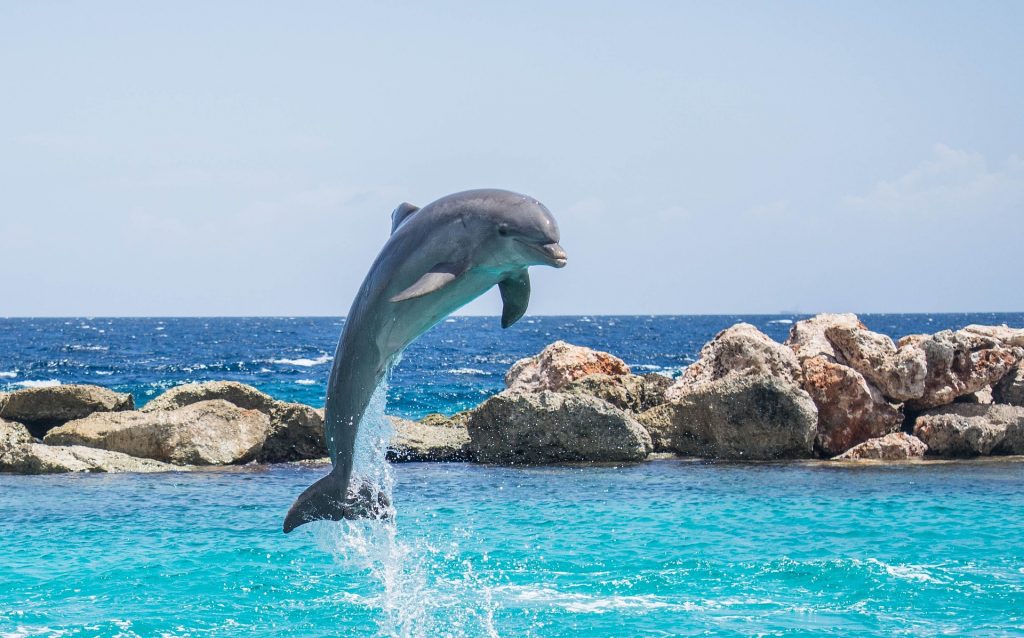A new paper out of the Dolphin Research Center in the Florida Keys studied a pair of dolphins named Delta and Reese, who were fitted with recorders to determine the way they communicated with each other in response to different loud sounds that they piped into their pool via speakers.
Dolphins are highly intelligent and social animals that are capable of complex communication. Dolphin communication is not fully understood, but researchers have made some progress in deciphering some of the meanings of their vocalizations. They use a variety of vocalizations, such as whistles, clicks, and pulsed calls, to communicate with one another. These vocalizations are used for a variety of purposes, such as to locate other dolphins, to attract a mate, or to defend territory.
Dolphins also use body language and physical contact to communicate. They also have been observed to use signature whistles, unique to each individual, to identify themselves to others.

In the study, these dolphins were introduced to loud noises such as construction and drilling noises during which they tried to communicate with each other by lengthening their calls and being louder so as to be heard over the noise. It can also be portrayed as shouting or screaming and in doing so often they weren’t quite successful.
The study found that they were only able to communicate with each other only 62.5% of the time. Although dolphins are able to communicate effectively even in the presence of loud noise, their success rate does drop quite low. They have a unique ability to adapt to their environment and overcome the challenges it poses.

It’s important to note that human-made noise pollution can be detrimental to dolphin communication and their survival. Studies have shown that noise pollution can cause stress, changes in behavior and disrupt the social structure of dolphin populations.
Regardless of this, Delta and Reese were eager and very excited about this task and have always been very motivated animals at the Dolphin Research Centre.


